Introduction
In the vast culinary landscape of global gastronomy, Chinese cuisine stands out as a beacon of diversity, intricacy, and flavor. From the fiery spices of Sichuan to the delicate sweetness of Cantonese dishes, every region boasts its unique culinary treasures. Among these, one dish that combines the essence of sweetness, tanginess, and savory perfection is Cherry Pork, a dish that, despite its name, doesn’t actually contain cherries but is named for its vibrant red hue and the sweet-and-sour taste reminiscent of cherry flavors. This article aims to provide a comprehensive guide to making this delightful dish, ensuring that even the most novice cook can recreate this culinary masterpiece in their own kitchen.

Origins and Significance
Cherry Pork, also known as Yingtao Rou (樱桃肉) in Mandarin, is a traditional dish from the Jiangsu cuisine, one of the Eight Great Cuisines of China. It is characterized by its glossy, cherry-red appearance and a balance of sweet, sour, and savory flavors. The dish is believed to have originated in the imperial kitchens during the Ming and Qing dynasties, where chefs strived to create dishes that would please the royal palate. Over time, Cherry Pork has evolved from a royal delicacy to a beloved dish enjoyed by people across China and beyond.
Ingredients and Preparation
To create an authentic Cherry Pork, one must meticulously select and prepare the ingredients. Here’s a detailed breakdown of what you’ll need and how to prepare them:
-
Pork Belly or Pork Shoulder: The star of the dish, choose a well-marbled cut for optimal flavor and tenderness. About 1.5 kilograms (3.3 pounds) should suffice for a family-sized portion.
-
Seasonings: Essential for flavoring the pork include ginger, garlic, scallions, Shaoxing wine (a type of Chinese rice wine), soy sauce, dark soy sauce (for color), and rock sugar.
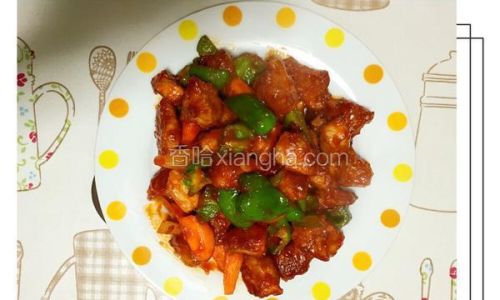
-
Binding Agents: Cornstarch or potato starch is used to coat the pork, creating a crispy exterior when fried.
-
Sauce Ingredients: To achieve the signature sweet-and-sour taste, you’ll need vinegar (preferably rice vinegar), tomato paste, and more rock sugar.
Step-by-Step Recipe
Step 1: Preparing the Pork
-
Cutting the Pork: Slice the pork into bite-sized cubes, ensuring each piece is uniform in size for even cooking.
-
Marinating: In a bowl, combine the pork cubes with minced ginger, garlic, chopped scallions, Shaoxing wine, soy sauce, dark soy sauce, and a small amount of rock sugar. Mix well and let it marinate for at least 30 minutes to allow the flavors to penetrate the meat.

Step 2: Cooking the Pork
-
Blanching: Bring a pot of water to a boil and blanch the marinated pork for about 2-3 minutes. This step helps to remove impurities and tightens the meat, ensuring it holds its shape during frying.
-
Coating and Frying: Drain the pork and coat each piece lightly with cornstarch. Heat oil in a wok or deep fryer to medium-high heat and fry the pork in batches until golden brown and crispy. Remove and drain on paper towels.
Step 3: Making the Sauce
-
Base Sauce: In a clean wok, add a small amount of oil and sauté minced ginger and garlic until fragrant. Add tomato paste and stir-fry briefly.
-
Sweet-and-Sour Mix: Pour in enough water to cover the pork (approximately 2 cups), then add vinegar, rock sugar, and a touch of soy sauce for seasoning. Adjust the sweetness and sourness to your preference.
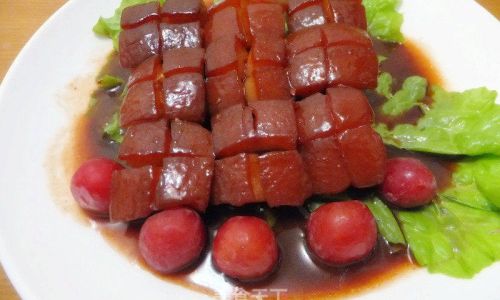
-
Simmering: Bring the sauce to a boil, then reduce the heat and simmer for about 10 minutes to allow the flavors to meld.
Step 4: Combining and Serving
-
Final Simmer: Add the fried pork cubes to the sauce and simmer gently for another 5-10 minutes, allowing the sauce to thicken and coat the pork evenly.
-
Garnishing: Serve the Cherry Pork hot, garnished with chopped scallions or sesame seeds for added color and flavor.
Serving Suggestions
Cherry Pork pairs wonderfully with steamed rice, absorbing the rich, sweet-and-sour sauce. It can also be served as part of a larger banquet, accompanied by dishes like stir-fried vegetables, steamed buns, or soup.

Tips for Perfection
- Marinating: Don’t skip the marinating step; it’s crucial for flavor development.
- Temperature Control: When frying the pork, maintain a consistent oil temperature to ensure even cooking.
- Sauce Adjustment: Taste the sauce frequently during cooking to ensure it meets your preferred balance of sweet and sour.
Conclusion
Cherry Pork is a dish that embodies the essence of Chinese culinary artistry, combining simple ingredients into a complex, harmonious flavor profile. With its rich history and delightful taste, it’s no wonder that this dish has stood the test of time, becoming a beloved part of Chinese culinary heritage. By following this recipe, you can bring a touch of imperial elegance to your dining table, delighting your family and friends with every succulent bite. Happy cooking!
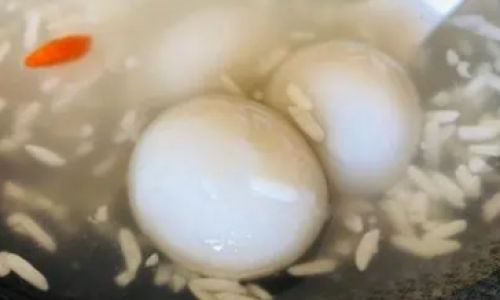
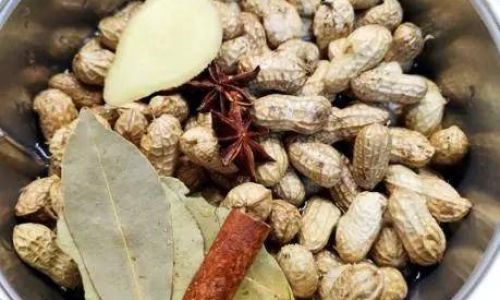
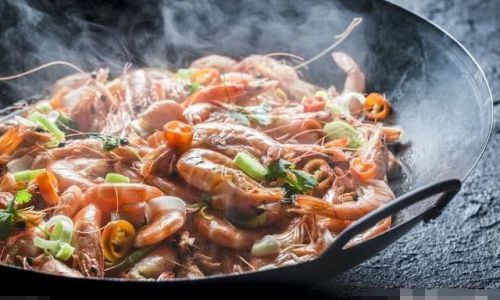
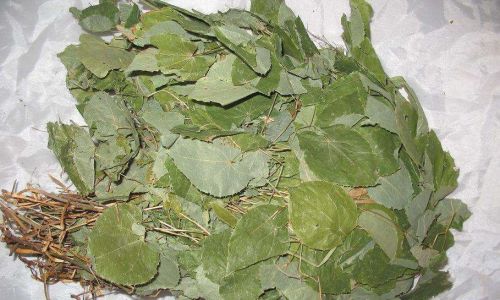
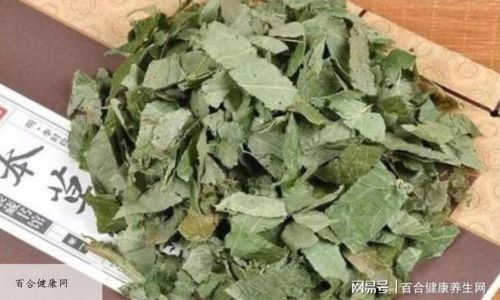

0 comments